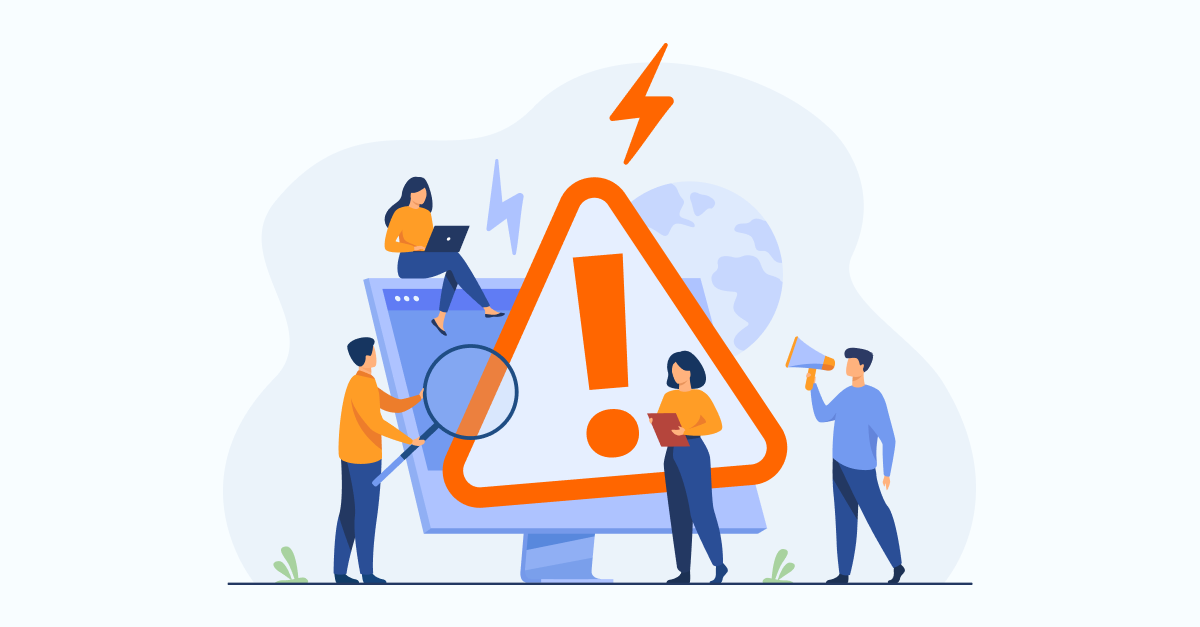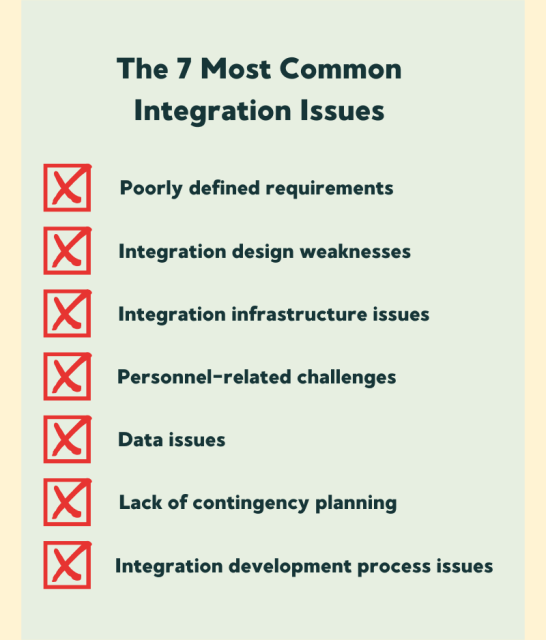Common Technology Mistakes SMEs Make When Expanding
Technology helps small and medium businesses (SMEs) grow faster and work more efficiently. The right digital tools can automate tasks, improve customer service, and save time. But many SMEs make mistakes when adopting new technology, leading to wasted money and operational problems.
This article will highlight common technology mistakes SMEs make when expanding and how to avoid them. Whether choosing the right software, upgrading systems, or training employees, having a smart technology strategy is key to success.
Lack of a Clear Technology Strategy

Many SMEs rush into using new technology without a proper plan. They pick software based on trends or competitors instead of thinking about what works best for their business. This leads to wasted investments in tools that don’t integrate well or lack key features. Without a strategy, businesses may need to replace or upgrade software too soon, causing disruptions and extra costs.
Another common mistake is focusing only on short-term needs. Many SMEs choose basic or cheaper solutions without considering future growth. As the business expands, they realize the system cannot scale, forcing them to switch platforms. This transition often takes time, affects productivity, and requires additional staff training.
For example, an online store might start with a simple order management tool. As sales increase, they need automation features, inventory tracking, and third-party integrations. Without a well-planned technology roadmap, they end up spending more time and money switching to a more advanced system later.
Choosing the Wrong Technology

Many SMEs pick the wrong software because they don’t fully understand their needs. Some choose cheap or popular tools without checking if they fit their business operations. Others go for complex software with too many features, making it hard to use and slowing down workflow.
A common issue is buying software that doesn’t scale. A business might start with a simple accounting tool, but as it grows, the software can’t handle more transactions or integrate with other systems. This forces the company to switch platforms, leading to downtime, extra costs, and lost data.
Another mistake is failing to check compatibility. Some SMEs use multiple tools that don’t connect, making data transfer difficult. For example, a retailer may use one system for inventory and another for sales, but without integration, stock levels won’t update in real time. This can cause overstocking or selling out-of-stock products, frustrating customers.
Poor Integration & System Failures

Many SMEs use multiple software tools but fail to integrate them properly. This leads to data silos, where different departments use separate systems that don’t communicate. Employees end up manually transferring data, increasing the risk of errors and slowing down workflow.
A common issue is relying on outdated systems that don’t support automation. For example, a business might use an old inventory system that doesn’t sync with online orders, causing incorrect stock levels. Without integration, SMEs struggle to keep real-time data across departments, leading to operational inefficiencies.
Businesses that don’t invest in proper system integration often face higher costs in the long run. Fixing broken workflows, migrating to new software, and retraining staff can take months. Planning for integration from the start helps avoid disruptions and keeps operations running smoothly.
Outdated Technology & Cybersecurity Risks
-Olekcii_Mach_Alamy.jpg)
Many SMEs delay upgrading their technology because they fear high costs or downtime. However, using outdated software can slow down operations, reduce efficiency, and limit business growth. Older systems may also lack essential features, making it harder to compete with businesses that use modern solutions.
Another big risk is cybersecurity threats. Outdated software often doesn’t receive security updates, making it vulnerable to hacking and data breaches. Small businesses are often targeted by cybercriminals because they lack strong security measures. A single attack can lead to data loss, financial damage, and loss of customer trust.
SMEs that fail to upgrade their systems also face problems with software compatibility. As newer platforms roll out updates, older software may stop working properly or lose support. This can cause unexpected downtime and force businesses to switch to new systems at the worst possible time.
Talent & IT Skill Gaps in SMEs
Many SMEs struggle with a lack of skilled IT personnel to manage their technology needs. Without an in-house IT team, businesses rely on third-party support, which can be costly and slow. When technical issues arise, SMEs may face delays in troubleshooting, leading to downtime and operational disruptions.
Another challenge is poor digital literacy among employees. Many SMEs introduce new software and tools without proper training, making it difficult for staff to use them effectively. Employees may revert to manual processes or avoid using the software altogether, reducing the efficiency gains that technology is meant to provide.
Without proper IT expertise and training, businesses risk underutilizing their technology investments. To stay competitive, SMEs must prioritize staff training, hire IT professionals, or invest in user-friendly digital solutions that require minimal technical knowledge.
Key Insight:
- SMEs often lack an internal IT team, leading to delays and reliance on expensive third-party support.
- Many employees struggle with digital literacy, making new technology adoption slow and inefficient.
- Investing in IT training and hiring skilled personnel helps businesses fully utilize their technology investments.
Take Your SME’s Technology to the Next Level with Egitech
Avoid costly mistakes and ensure your business scales smoothly with the right technology. At Egitech, we provide expert consulting, seamless software integration, and cutting-edge solutions tailored for SMEs.
Whether you need help choosing the right software, automating business processes, or upgrading outdated systems, our team is here to assist.
- Customized IT solutions for small and medium businesses.
- Seamless integration of CRM, ERP, and automation tools.
- Expert advice on cybersecurity, cloud computing, and digital transformation.
Let’s build a smarter future for your business. Get a free consultation here: Contact us